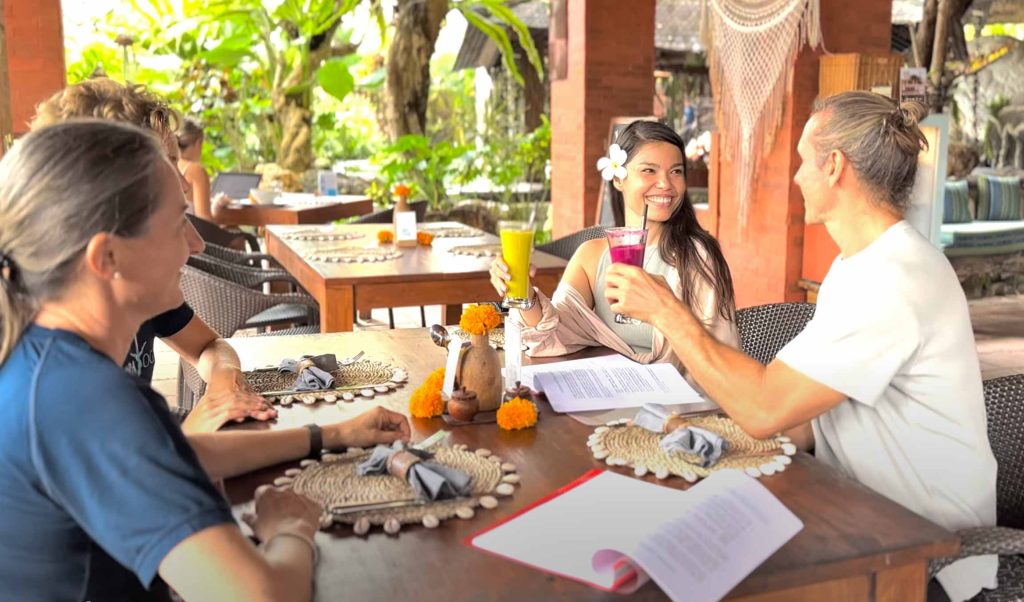Introduction to Digital Detox Retreats and Their Rising Popularity
In an age dominated by constant connectivity, digital detox retreats have surged in popularity as sanctuaries promising relief from the relentless demands of technology. These retreats offer structured environments where participants unplug from smartphones, computers, and social media, aiming to reset their nervous systems and restore mental clarity. Promising a pause from the overstimulation of digital life, these retreats are often nestled in serene natural settings, combining mindfulness practices, nature immersion, and community support. But are these retreats genuinely effective at fostering inner peace, or are they merely a trendy escape? This article explores the science and anecdotal evidence behind digital detox retreats, evaluating their capacity to promote emotional balance and nervous system regulation.
The Science Behind Nervous System Overload and Digital Stress
Modern technology, while invaluable, exerts significant psychological and physiological effects. Constant notifications, social comparison, and information overload activate the sympathetic nervous system—the body’s fight-or-flight response—leading to chronic stress. Research shows that prolonged exposure to digital stimuli can dysregulate autonomic nervous system balance, reducing parasympathetic activity responsible for rest, digestion, and recovery. This imbalance is linked to increased anxiety, poor sleep quality, and diminished emotional resilience. Digital detox retreats target this nervous system overload by removing triggers and creating space for parasympathetic restoration. The idea is to reduce cortisol levels and promote vagal tone, which enhances the body’s ability to regulate stress and return to calm.
Typical Features of Digital Detox Retreats
Most digital detox retreats provide a combination of tech-free policies and therapeutic activities designed to enhance relaxation and self-awareness. Participants surrender their devices upon arrival and engage in guided mindfulness meditation, yoga, nature walks, and breathwork. Nutrition is often organic and designed to support brain health. Group workshops focus on stress management and digital mindfulness, teaching participants how to develop healthier relationships with technology post-retreat. The retreats frequently emphasize slow living principles, encouraging conscious pacing and intentional presence. This holistic approach not only detaches the mind from digital distractions but also nurtures the body and psyche for sustainable well-being.

Evaluating Anecdotal Success Stories
Testimonials from digital detox participants frequently highlight feelings of mental clarity, reduced anxiety, and emotional renewal. Many describe an initial discomfort or “withdrawal” period, followed by a profound sense of peace and reconnection with self and nature. Social media stories and blog posts often depict transformative experiences of slowing down, increased creativity, and enhanced interpersonal connections. While these accounts are subjective, they underscore the potential psychological benefits of stepping away from technology and immersive natural settings. Anecdotal evidence also suggests improved sleep patterns and decreased physical symptoms like headaches and eye strain, aligning with broader stress reduction.
Scientific Research on Digital Detox and Nervous System Reset
Although empirical studies on digital detox retreats specifically are limited, broader research on technology use and stress physiology provides supportive insights. Experimental studies have shown that brief periods of screen abstinence can lower cortisol levels and improve mood states. Mindfulness practices, often central to detox retreats, are proven to enhance parasympathetic activity and reduce sympathetic arousal. Nature exposure similarly benefits nervous system regulation, improving heart rate variability and reducing inflammatory markers. Combining these elements within a retreat context theoretically compounds their effects, offering a neuroscientifically grounded intervention for stress-related disorders. However, more controlled trials are needed to quantify the exact impact of extended digital detox interventions on nervous system health.
Comparing Digital Detox Retreats to Other Mind-Body Wellness Approaches
Digital detox retreats share commonalities with other wellness trends focused on mind-body balance, such as meditation retreats and forest bathing. Unlike solo or home-based digital breaks, retreats provide structured environments that foster community support and expert guidance, which may enhance adherence and psychological safety. Compared to traditional mental health interventions, detox retreats emphasize prevention and lifestyle recalibration rather than symptom-focused treatment. However, their effectiveness may be limited if participants resume unhealthy digital habits post-retreat. Therefore, retreats can be viewed as catalysts for change rather than stand-alone solutions, ideally integrated with ongoing mindful technology use and stress management strategies.
Practical Tips for Integrating Digital Detox Benefits into Daily Life
The success of digital detox retreats depends largely on translating their principles into daily routines. Practical strategies include designated tech-free times, mindful notification management, and regular nature exposure. Establishing “digital sabbaths” on weekends or evenings can mimic retreat conditions at home. Mindfulness exercises focusing on present-moment awareness reduce compulsive device checking. Prioritizing real-world social connections over virtual ones sustains emotional balance. Nutrition and physical activity habits learned during retreats should be maintained to support brain and body health. Ultimately, these practices help maintain nervous system resilience and foster ongoing inner peace beyond retreat duration.
Challenges and Criticisms of Digital Detox Retreats
Despite their benefits, digital detox retreats face criticism regarding accessibility, cost, and sustainability. Many retreats are expensive and located in remote areas, limiting access for diverse populations. The absence of devices may induce anxiety or stress in some individuals, especially those reliant on technology for work or caregiving. Additionally, critics argue that retreats address symptoms rather than systemic issues like workplace culture and social pressures driving digital overload. Questions also arise about the environmental footprint of travel to these retreats. These challenges highlight the need for personalized approaches and broader societal shifts alongside individual digital detox efforts.
Future Directions and Innovations in Digital Detox
The future of digital detox may integrate technology itself to support healthier digital habits, paradoxically using apps to promote mindful tech use or screen time limits. Hybrid models combining short retreats with ongoing virtual coaching or community groups are emerging. Increased research funding may clarify long-term impacts and optimal protocols. Corporate wellness programs are beginning to incorporate digital detox strategies, recognizing their role in employee mental health. Policymakers and urban planners might also design technology-free public spaces to support population-wide nervous system regulation. As digital integration intensifies, evolving detox approaches will be crucial to balance connectivity with inner peace.
Conclusion: Are Digital Detox Retreats a True Shortcut to Inner Peace?
Digital detox retreats offer compelling opportunities to reset nervous system function and foster emotional well-being by removing the relentless digital stimuli that dominate modern life. Supported by neuroscientific principles and positive anecdotal reports, these retreats can catalyze mental clarity, stress reduction, and reconnection to self and nature. However, they are not magic cures; lasting inner peace requires ongoing mindful digital engagement, lifestyle changes, and potentially broader cultural reforms. When integrated thoughtfully, digital detox retreats represent a valuable, though not solitary, pathway toward achieving sustainable mind-body harmony in a hyperconnected world.










































